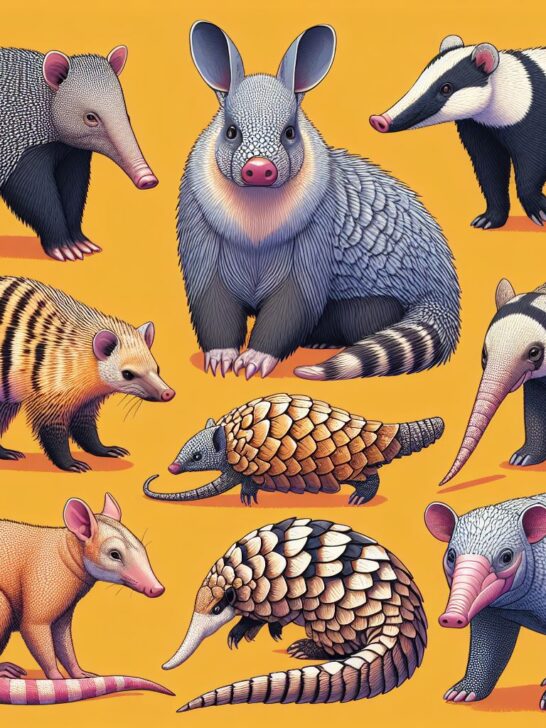Anteaters are fascinating creatures known for their long snouts and specialized diets of ants and termites. However, several other animals share similar physical features or behaviors, leading to comparisons with anteaters. From armadillos to pangolins and even tapirs, these animals exhibit adaptations for feeding, locomotion, and survival in their respective habitats. In this comprehensive guide, we’ll explore various animals that resemble anteaters, delving into their unique characteristics, habitats, and ecological roles.

Post Contents
Aardvark
The Aardvark (Orycteropus afer) is a unique mammal native to sub-Saharan Africa. Despite its name, which means “earth pig” in Afrikaans, the aardvark is not closely related to pigs but is rather a member of the order Tubulidentata. Aardvarks are nocturnal animals with elongated snouts and large, rabbit-like ears. They possess powerful claws for digging and feeding on ants and termites, making them efficient insectivores. Aardvarks play important roles in their ecosystems by controlling insect populations and aerating the soil through their burrowing activities.
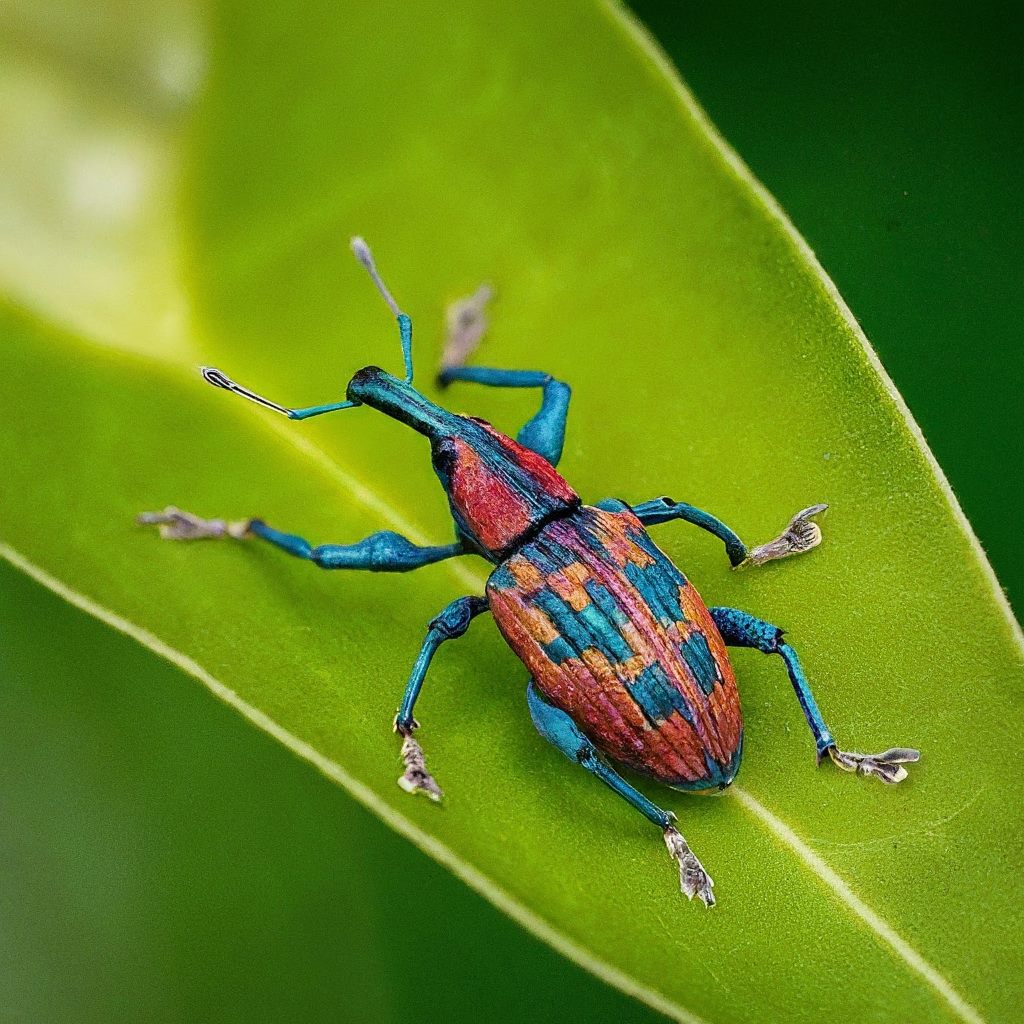
Weevi
Weevils are a diverse group of beetles belonging to the superfamily Curculionoidea. While they may not closely resemble anteaters in appearance, some weevil species exhibit elongated snouts used for feeding and probing. Weevils are herbivores, with many species feeding on plant leaves, stems, or seeds. Their specialized mouthparts allow them to pierce plant tissues and extract nutrients, similar to anteaters feeding on insects. Despite their small size, weevils are ecologically important as both herbivores and pollinators in various ecosystems.
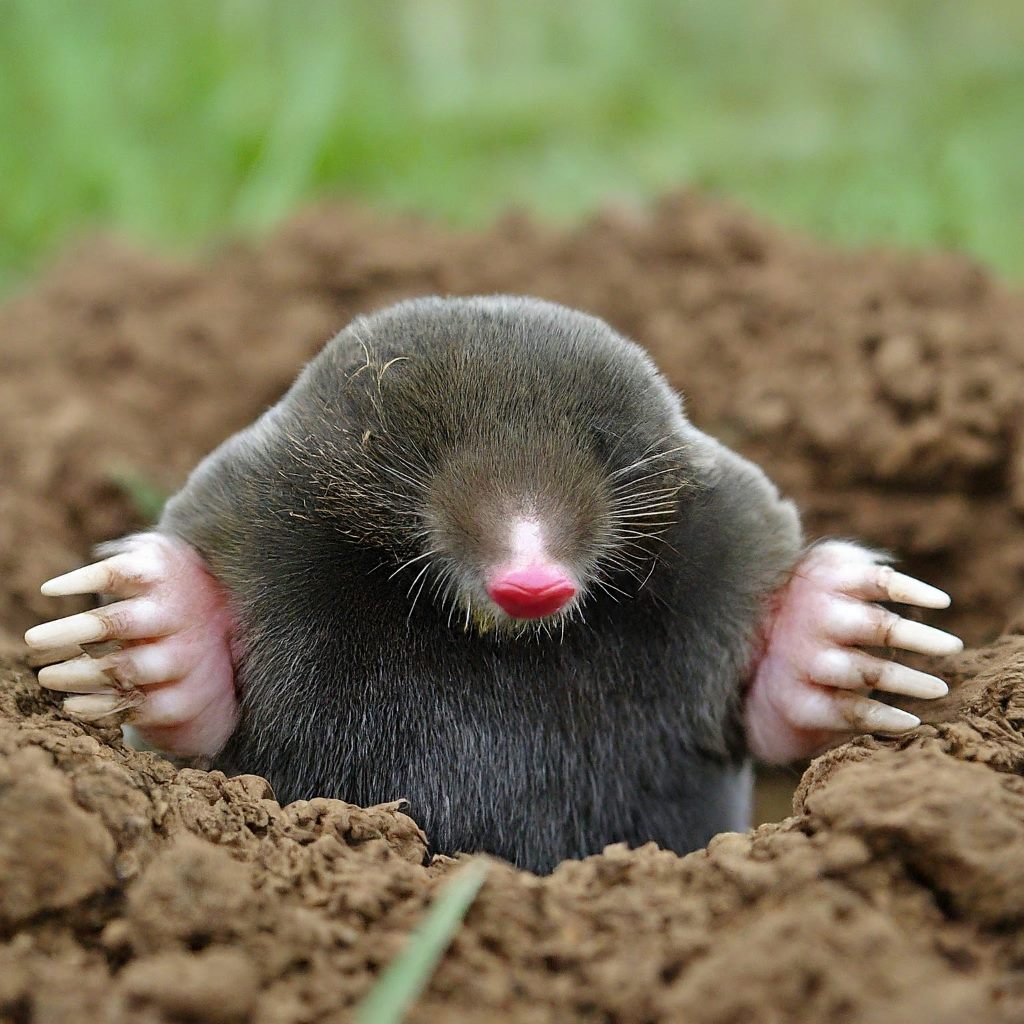
Mole
Moles are small mammals belonging to the family Talpidae, known for their cylindrical bodies, short legs, and distinctive snouts. While moles primarily feed on earthworms and other soil invertebrates rather than ants or termites like anteaters, their elongated snouts and fossorial lifestyles can draw comparisons to anteaters. Moles are expert diggers, using their powerful forelimbs and sharp claws to tunnel through the soil in search of prey. These underground habitats provide protection from predators and access to abundant food resources.

Borzoi
The Borzoi, also known as the Russian wolfhound, is a breed of domestic dog originating from Russia. While Borzois may not resemble anteaters in appearance, they share certain characteristics such as a long and narrow snout. Borzois are sighthounds known for their exceptional speed and agility, traits that enable them to chase down prey with efficiency. Although Borzois are carnivores and primarily hunt small game such as rabbits or hares, their elongated snouts may evoke similarities to the probing behavior of anteaters.
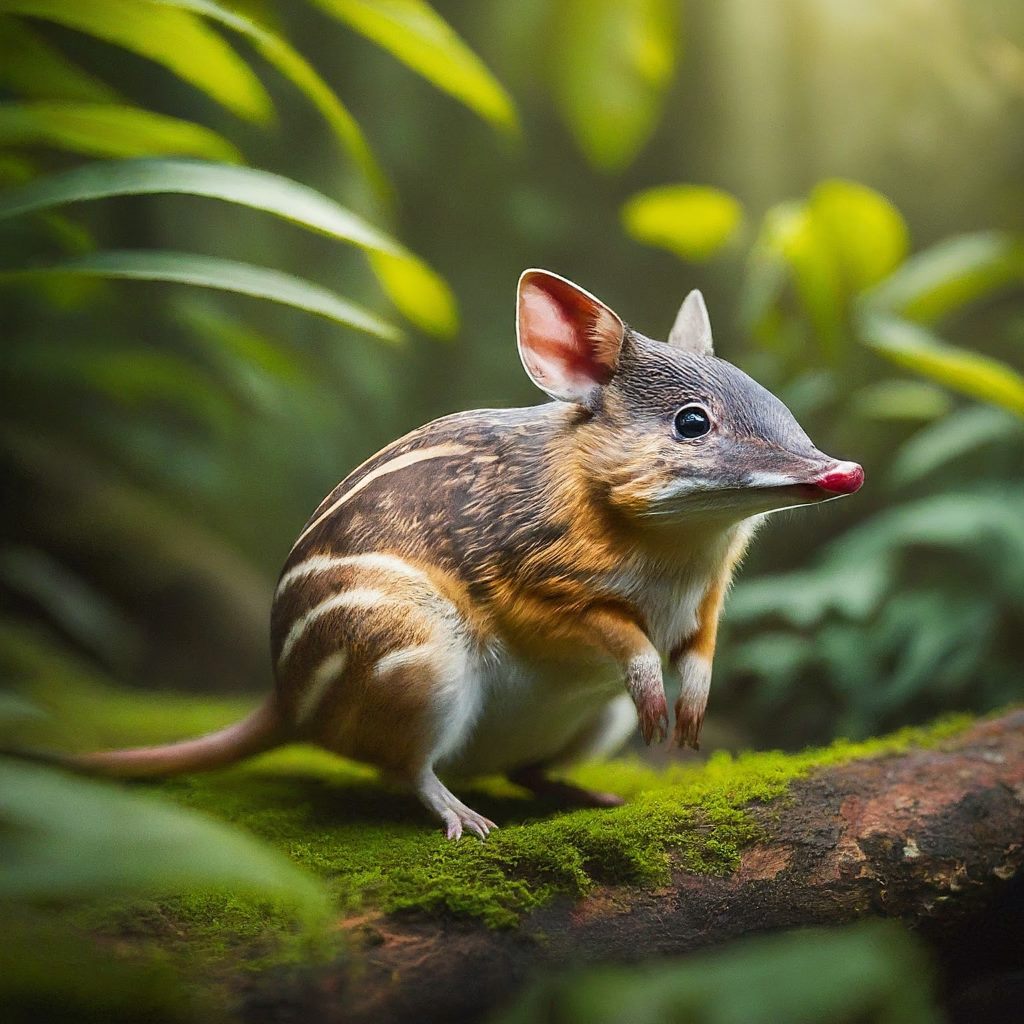
Bandicoot
Bandicoots are small to medium-sized marsupials native to Australia and surrounding regions. While they are not closely related to anteaters, bandicoots share certain morphological features such as a pointed snout and insectivorous diet. Bandicoots feed on a variety of insects, grubs, and plant matter, using their long noses to probe and dig in the soil for food. Despite their superficial resemblance to anteaters, bandicoots are marsupials and exhibit unique reproductive adaptations, including pouches for carrying their young.

Longnose Gar
The Longnose Gar (Lepisosteus osseus) is a primitive fish species found in freshwater habitats throughout North America. While not closely related to anteaters, the Longnose Gar shares certain anatomical similarities, particularly in its elongated snout. Longnose Gars use their extended jaws to capture prey such as fish, crustaceans, and insects. Their slender bodies and sharp teeth make them efficient predators in aquatic environments, where they play important roles in controlling prey populations and maintaining ecosystem balance.

Elephant Seal
The Elephant Seal (Mirounga) is a marine mammal belonging to the family Phocidae, characterized by its large size, robust body, and distinctive proboscis. While elephant seals do not feed on ants or termites like anteaters, their elongated snouts and trunk-like noses may draw comparisons to the specialized feeding apparatus of anteaters. Elephant seals use their proboscis for vocalizations, display behaviors, and thermoregulation rather than for feeding. These marine giants are apex predators in their oceanic habitats, preying on fish, squid, and other marine organisms.
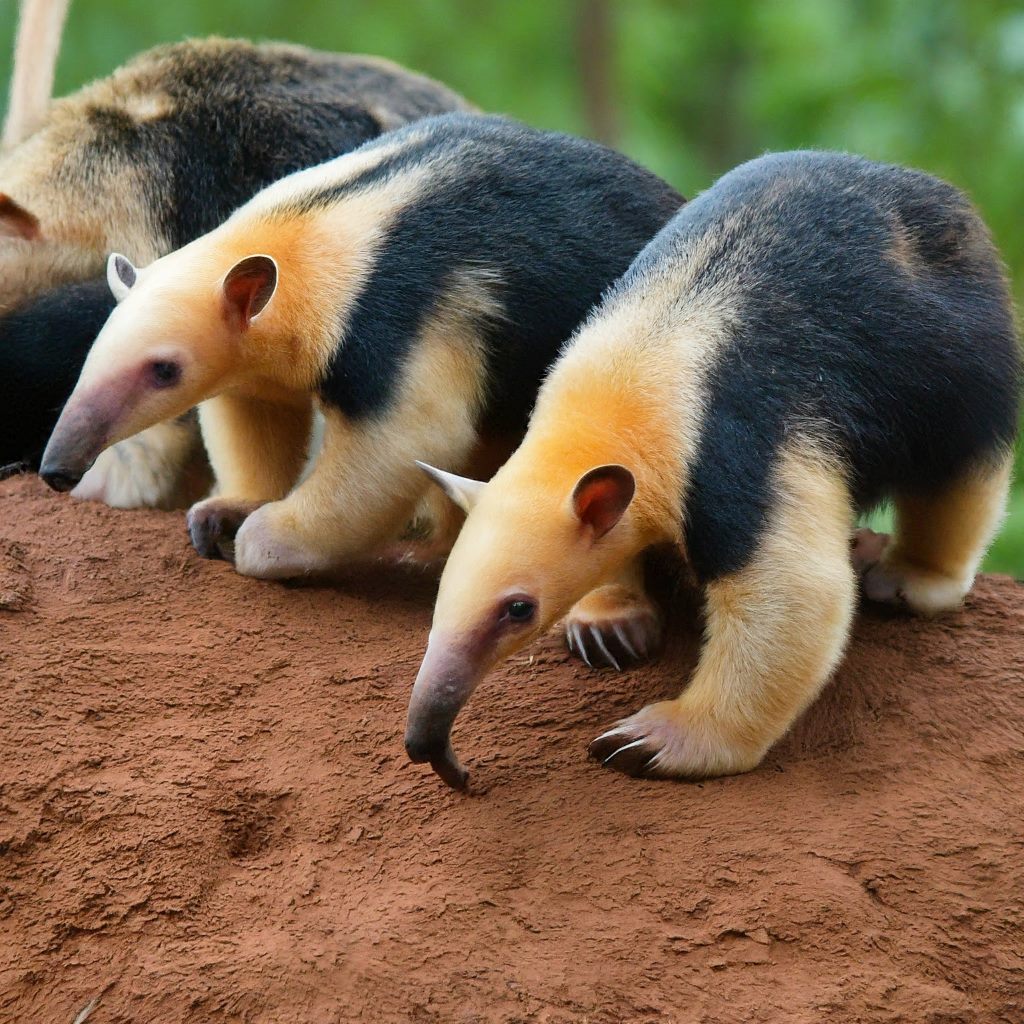
Tamandua‘s
Tamanduas, also known as lesser anteaters, are small anteater species found in Central and South America. They belong to the family Myrmecophagidae, along with their larger relatives, the giant anteaters. Tamanduas have elongated snouts and long tongues adapted for feeding on ants and termites, similar to other anteater species. Despite their smaller size, tamanduas exhibit similar foraging behaviors, using their powerful claws to tear open ant nests and termite mounds.
Southern Tamandua
The Southern Tamandua (Tamandua tetradactyla), also known as the collared anteater, is a species of tamandua found in South America. It is known for its distinctive black and white markings, which resemble a vest or collar around its neck. Southern tamanduas inhabit a range of habitats, including forests, savannas, and grasslands, where they feed primarily on ants and termites. Like other tamandua species, they possess long snouts and prehensile tails, which aid in climbing and foraging for food.
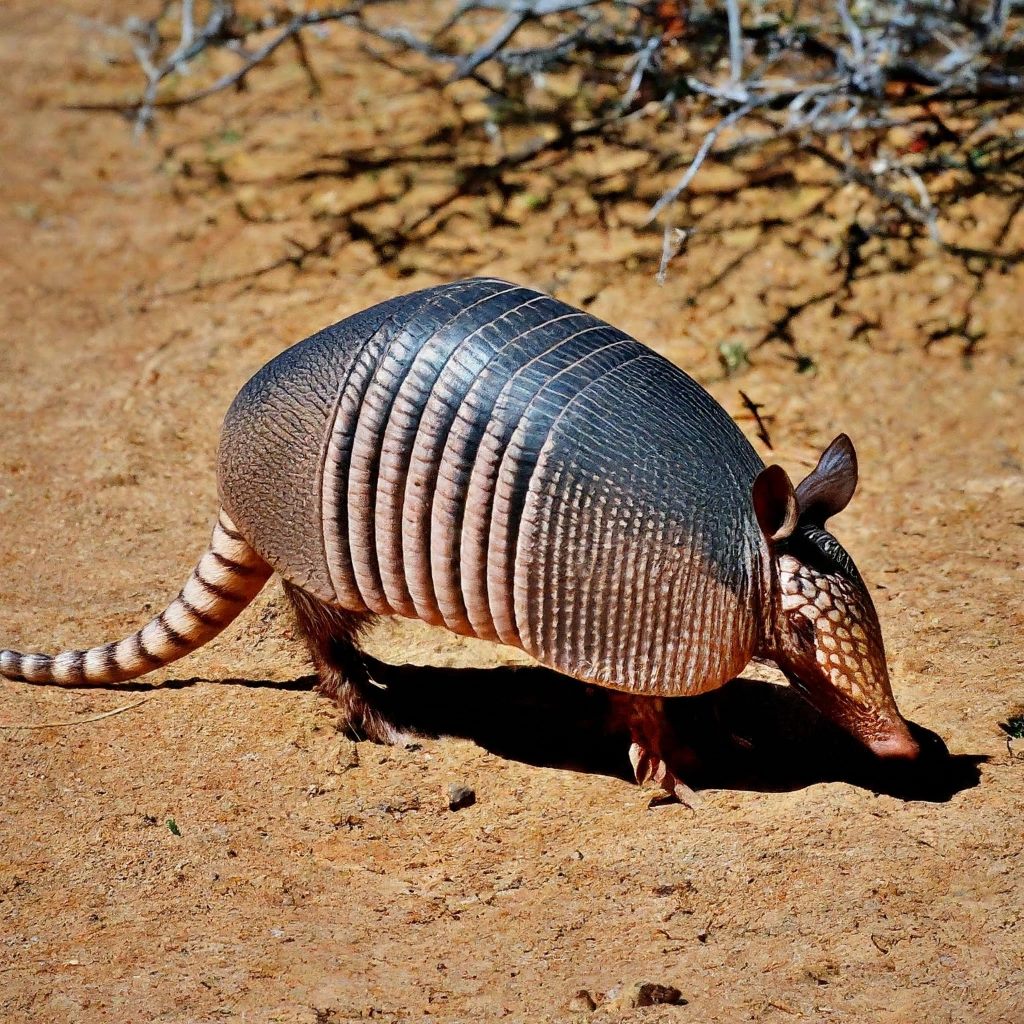
Armadillo‘s
Armadillos are small to medium-sized mammals known for their armored plates and characteristic snouts. While they are not closely related to anteaters, some armadillo species share certain morphological features, including elongated noses and specialized diets. Armadillos primarily feed on insects, grubs, and small vertebrates, using their sharp claws and snouts to dig for food in the soil. Despite their insectivorous habits, armadillos exhibit unique adaptations and ecological roles in their native habitats.
Big Hairy Armadillo
The Big Hairy Armadillo (Chaetophractus villosus) is a species of armadillo found in South America. It is characterized by its shaggy, reddish-brown fur and large size compared to other armadillo species. While big hairy armadillos primarily feed on insects and other invertebrates, their elongated snouts and digging behaviors may draw comparisons to anteaters. These armadillos play important roles in soil aeration and nutrient cycling through their burrowing activities.
Six-Banded Armadillo
The Six-Banded Armadillo (Euphractus sexcinctus) is a species of armadillo native to South America. It is named for the six bands of flexible armor plates that run along its back. Six-banded armadillos have elongated snouts and strong claws, which they use to dig for food in the soil. While they primarily feed on insects and small vertebrates, their digging behaviors may resemble those of anteaters as they search for prey underground. Six-banded armadillos are adaptable animals found in a range of habitats, from grasslands to forests.
Nine-Banded Armadillo
The Nine-Banded Armadillo (Dasypus novemcinctus) is a species of armadillo native to the Americas, ranging from the southern United States to northern Argentina. Despite its name, the nine-banded armadillo typically has between seven and eleven bands of armor. These armadillos have elongated snouts and strong claws for digging, allowing them to search for insects, grubs, and plant matter in the soil. While they may not closely resemble anteaters, their insectivorous diets and digging behaviors share similarities with those of anteaters.
Pink Fairy Armadillo
The Pink Fairy Armadillo (Chlamyphorus truncatus) is a unique species of armadillo found in central Argentina. It is the smallest species of armadillo, with a distinctive pink shell and elongated snout. Pink fairy armadillos primarily feed on insects and larvae found in sandy soils, using their specialized noses to probe for food. While they may not resemble anteaters in size or appearance, their insectivorous diets and burrowing habits share certain ecological similarities with anteaters.
Giant Armadillo
The Giant Armadillo (Priodontes maximus) is the largest species of armadillo, found in South America. It has a robust body, strong claws, and a long snout adapted for digging and foraging. Giant armadillos primarily feed on ants and termites, using their keen sense of smell and powerful claws to locate and extract prey from underground nests. Despite their large size, giant armadillos exhibit similar feeding behaviors to other anteater species, highlighting convergent evolution in response to similar ecological niches.
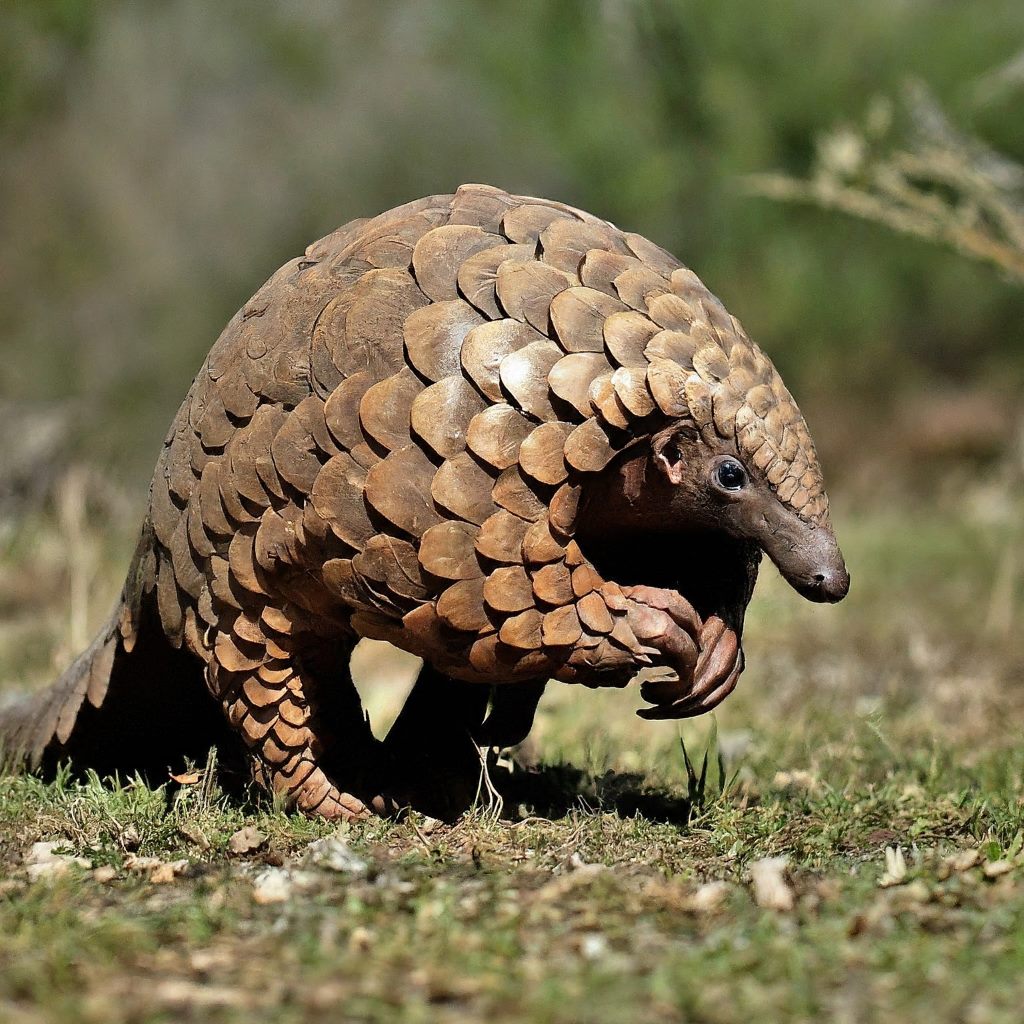
Pangolin’s
Pangolins are a group of eight species of mammals belonging to the family Manidae. While they are not closely related to anteaters, pangolins share certain morphological features such as elongated snouts and specialized diets. Pangolins primarily feed on ants and termites, using their long tongues to capture prey from underground nests. They are characterized by their unique keratin scales, which cover their bodies and provide protection from predators. Pangolins are found in Africa and Asia, where they play important roles in insect control and ecosystem health.
Long-Tailed Pangolin
The Long-Tailed Pangolin (Phataginus tetradactyla) is a species of pangolin found in West and Central Africa. While pangolins are not closely related to anteaters, they share certain morphological features such as elongated snouts and specialized diets. Long-tailed pangolins primarily feed on ants and termites, using their long tongues to capture prey from underground nests. Their overlapping scales and armored bodies provide protection from predators, while their elongated snouts aid in foraging for food.
Giant Pangolin
The Giant Pangolin (Smutsia gigantea) is the largest species of pangolin, found in parts of Africa. It is characterized by its robust body, large scales, and elongated snout. Giant pangolins primarily feed on ants and termites, using their powerful claws and long tongues to extract prey from underground nests. Despite their large size, giant pangolins are skilled climbers and can be found in a variety of habitats, including forests and savannas.
Ground Pangolin
The Ground Pangolin (Smutsia temminckii) is a species of pangolin native to Africa. It is known for its small size, overlapping scales, and elongated snout. Ground pangolins primarily feed on ants and termites, using their specialized claws and tongues to capture prey from underground nests. They are solitary animals, spending much of their time foraging for food and sheltering in burrows or under vegetation.
Indian Pangolin
The Indian Pangolin (Manis crassicaudata) is a species of pangolin found in South Asia. It is characterized by its large, overlapping scales and elongated snout. Indian pangolins primarily feed on ants and termites, using their strong claws and long tongues to extract prey from underground nests. They are nocturnal animals, spending their nights foraging for food in forests, grasslands, and agricultural areas.
Chinese Pangolin
The Chinese Pangolin (Manis pentadactyla) is a species of pangolin native to East Asia. It is known for its small size, overlapping scales, and elongated snout. Chinese pangolins primarily feed on ants and termites, using their specialized claws and tongues to capture prey from underground nests. They are shy and elusive animals, spending much of their time hidden in dense vegetation or underground burrows.
Sunda Pangolin
The Sunda Pangolin (Manis javanica) is a species of pangolin found in Southeast Asia. It is characterized by its large, overlapping scales and elongated snout. Sunda pangolins primarily feed on ants and termites, using their powerful claws and long tongues to extract prey from underground nests. They are threatened by habitat loss and poaching for their scales, which are highly valued in traditional Chinese medicine.
Tree Pangolin
The Tree Pangolin (Manis tricuspis) is a species of pangolin found in West and Central Africa. It is known for its arboreal lifestyle, spending much of its time in trees. Tree pangolins have elongated snouts and strong claws adapted for climbing and foraging. They primarily feed on ants and termites, using their specialized tongues to extract prey from nests found in tree bark or foliage. Despite their ability to climb, tree pangolins are also skilled diggers and may create burrows in the ground for shelter.
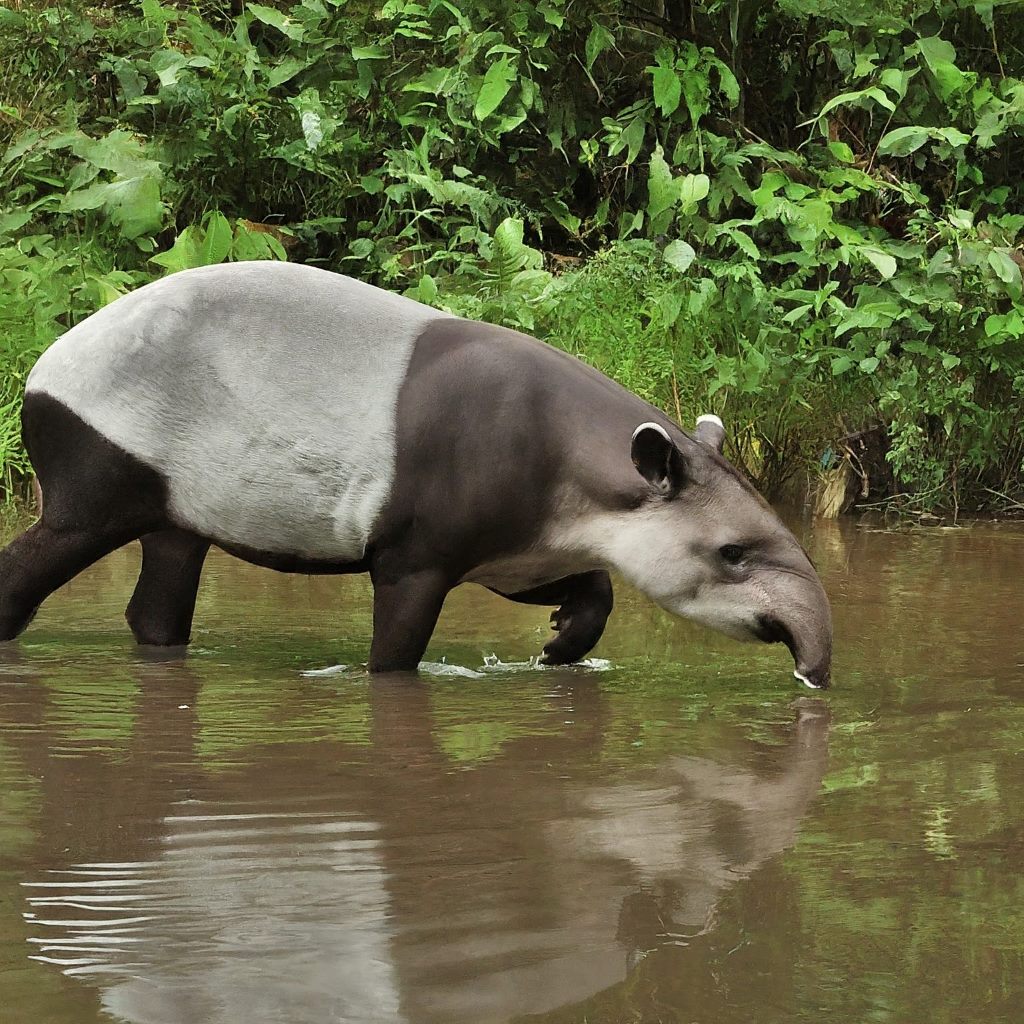
Tapir’s
Tapirs are large, herbivorous mammals native to Central and South America, as well as Southeast Asia. While they do not closely resemble anteaters in appearance, tapirs share certain characteristics such as elongated snouts and specialized diets. Tapirs primarily feed on vegetation, including leaves, fruits, and aquatic plants. Their elongated snouts aid in foraging and feeding, allowing them to grasp and manipulate plant material. Tapirs play important roles as seed dispersers and ecosystem engineers in their native habitats.
Malayan Tapir
The Malayan Tapir (Tapirus indicus) is a species of tapir found in Southeast Asia. It is characterized by its distinctive black and white coloration and elongated snout. Malayan tapirs primarily feed on vegetation, including leaves, fruits, and aquatic plants. Their unique coloration provides camouflage in dense forest habitats, helping them to avoid predators. Malayan tapirs are solitary animals, spending much of their time foraging for food along forest trails and riverbanks.
South American Tapir
The South American Tapir (Tapirus terrestris), also known as the Brazilian tapir, is a species of tapir found in South America. It is the largest species of tapir, characterized by its dark brown or black fur and elongated snout. South American tapirs primarily feed on vegetation, including leaves, fruits, and aquatic plants. They play important roles in seed dispersal and nutrient cycling in tropical rainforests, where they are considered keystone species.
Baird’s Tapir
Baird’s Tapir (Tapirus bairdii) is a species of tapir found in Central America. It is named after the American naturalist Spencer Fullerton Baird and is characterized by its dark brown or black fur and elongated snout. Baird’s tapirs primarily feed on vegetation, including leaves, fruits, and aquatic plants. They play important roles in maintaining the health of tropical rainforests, where they help to disperse seeds and maintain biodiversity.
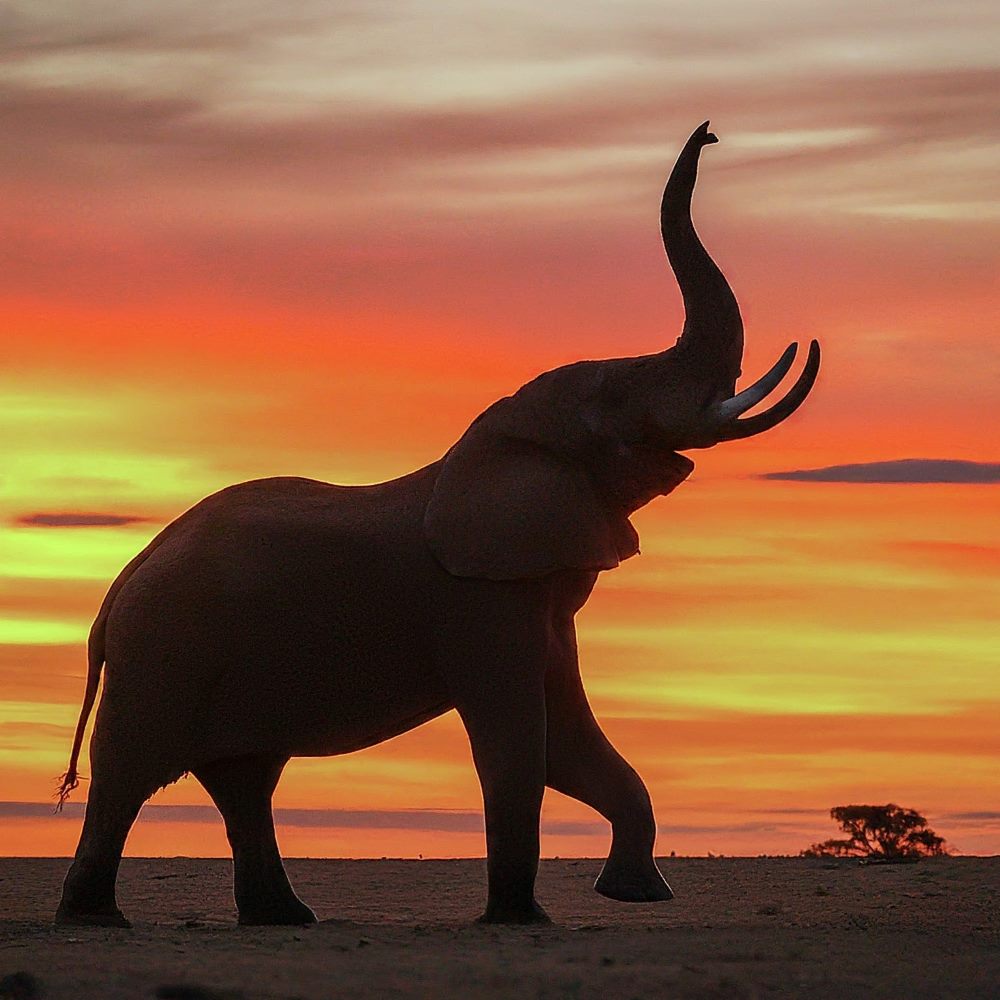
Elephant‘s
The elephant is a large terrestrial mammal belonging to the family Elephantidae. While it may not resemble anteaters in appearance, elephants share certain characteristics such as a trunk that can be used for probing and grasping objects. Elephants are herbivores, primarily feeding on vegetation such as grasses, leaves, bark, and fruits. Their elongated trunks allow them to reach high branches and extract food from trees, as well as manipulate objects for drinking and bathing. Elephants play crucial roles in their ecosystems as ecosystem engineers, shaping landscapes and creating habitats for other species.
African Bush Elephant
The African Bush Elephant (Loxodonta africana) is the largest living terrestrial animal, native to sub-Saharan Africa. It is characterized by its large size, long tusks, and elongated trunk. African bush elephants primarily feed on a variety of vegetation, including grasses, leaves, fruits, and bark. Their trunk serves multiple functions, such as gathering food, drinking water, and communicating with other elephants. African bush elephants play vital roles in maintaining the structure and biodiversity of savanna ecosystems.
African Forest Elephant
The African Forest Elephant (Loxodonta cyclotis) is a species of elephant found in the forests of Central and West Africa. It is smaller than the African bush elephant and has rounded ears and straighter tusks. African forest elephants primarily feed on fruits, leaves, and bark found in forest habitats. Their elongated trunks allow them to manipulate vegetation and extract food from trees and shrubs. African forest elephants play important roles in seed dispersal and forest regeneration, contributing to the health and diversity of tropical forests.
Asian Elephant
The Asian Elephant (Elephas maximus) is found in various habitats across Asia, including forests, grasslands, and wetlands. It is characterized by its smaller size compared to African elephants and its relatively smaller ears. Asian elephants primarily feed on a variety of vegetation, including grasses, bamboo, fruits, and leaves. Their elongated trunks are used for grasping and manipulating food, as well as for drinking water and social interactions. Asian elephants are considered keystone species in their ecosystems, shaping vegetation structure and providing habitat for other species.
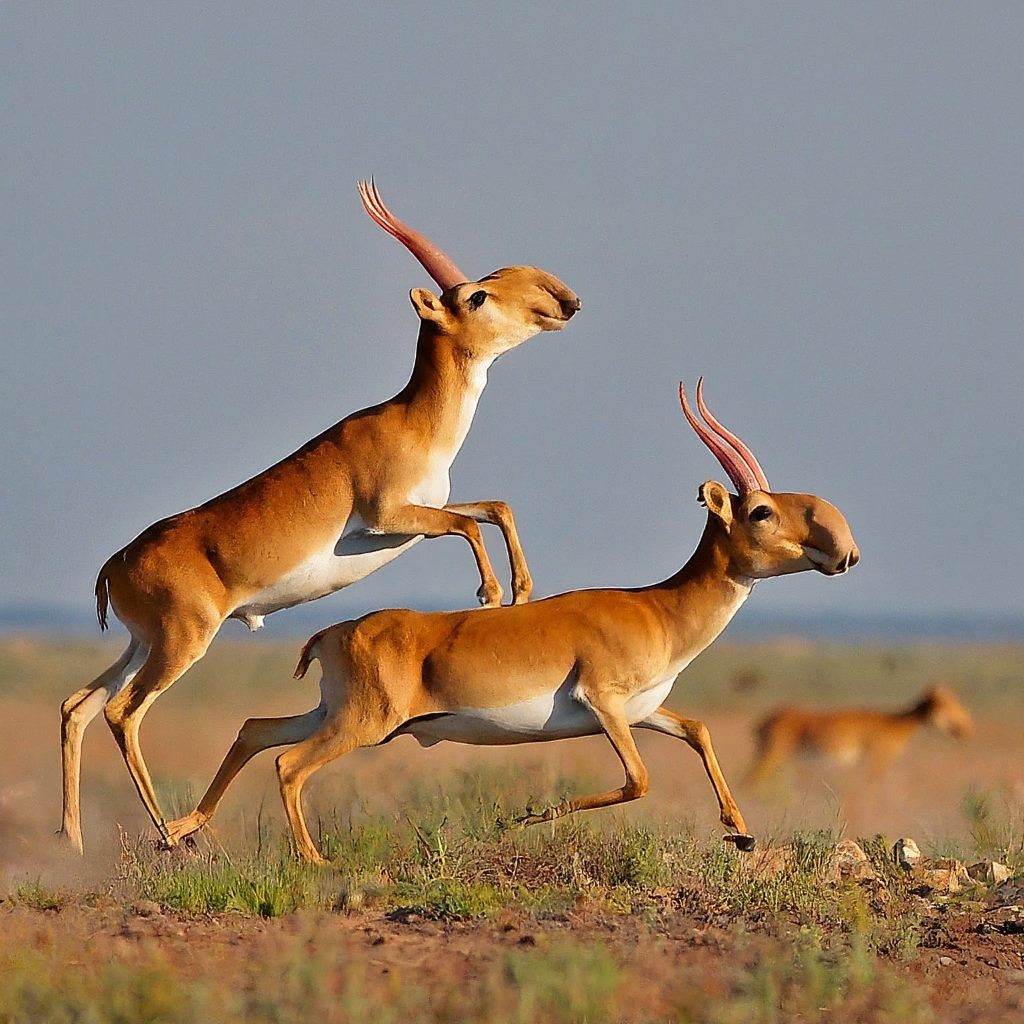
Saiga Antelope
The Saiga Antelope (Saiga tatarica) is a unique species of antelope found in Central Asia. While it may not closely resemble anteaters in appearance, the Saiga antelope shares certain characteristics such as a specialized snout adapted for feeding on vegetation. Saiga antelopes primarily feed on grasses, herbs, and shrubs, using their elongated noses to efficiently graze on low-lying vegetation. Their distinctive, downward-curved noses aid in cooling the air they breathe and filtering out dust in their arid habitats.
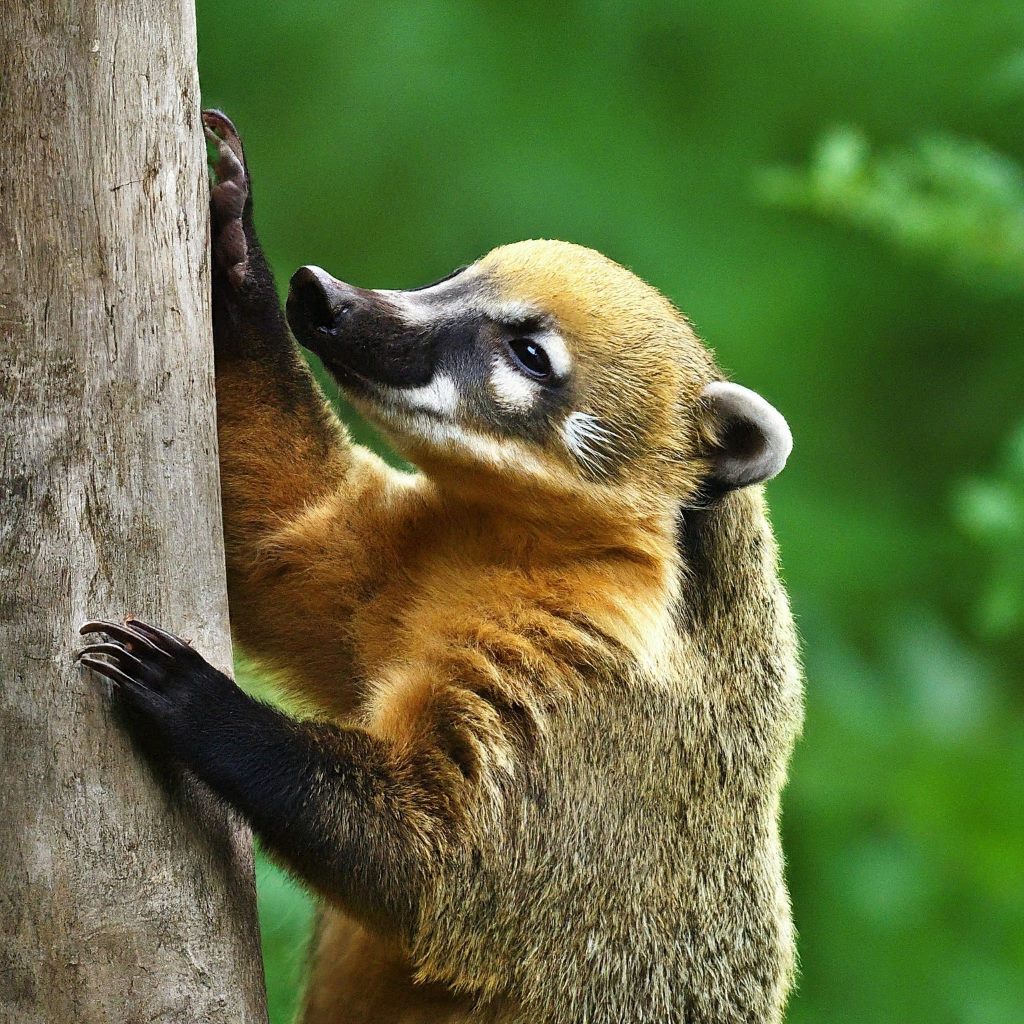
South American Coati
The South American Coati (Nasua nasua) is a species of coati found in South America. While it may not resemble anteaters in appearance, the South American coati shares certain characteristics such as a long and flexible snout. Coatis are omnivorous mammals that feed on a variety of foods, including fruits, insects, small vertebrates, and carrion. Their elongated snouts allow them to probe and manipulate objects, aiding in foraging and feeding behaviors.
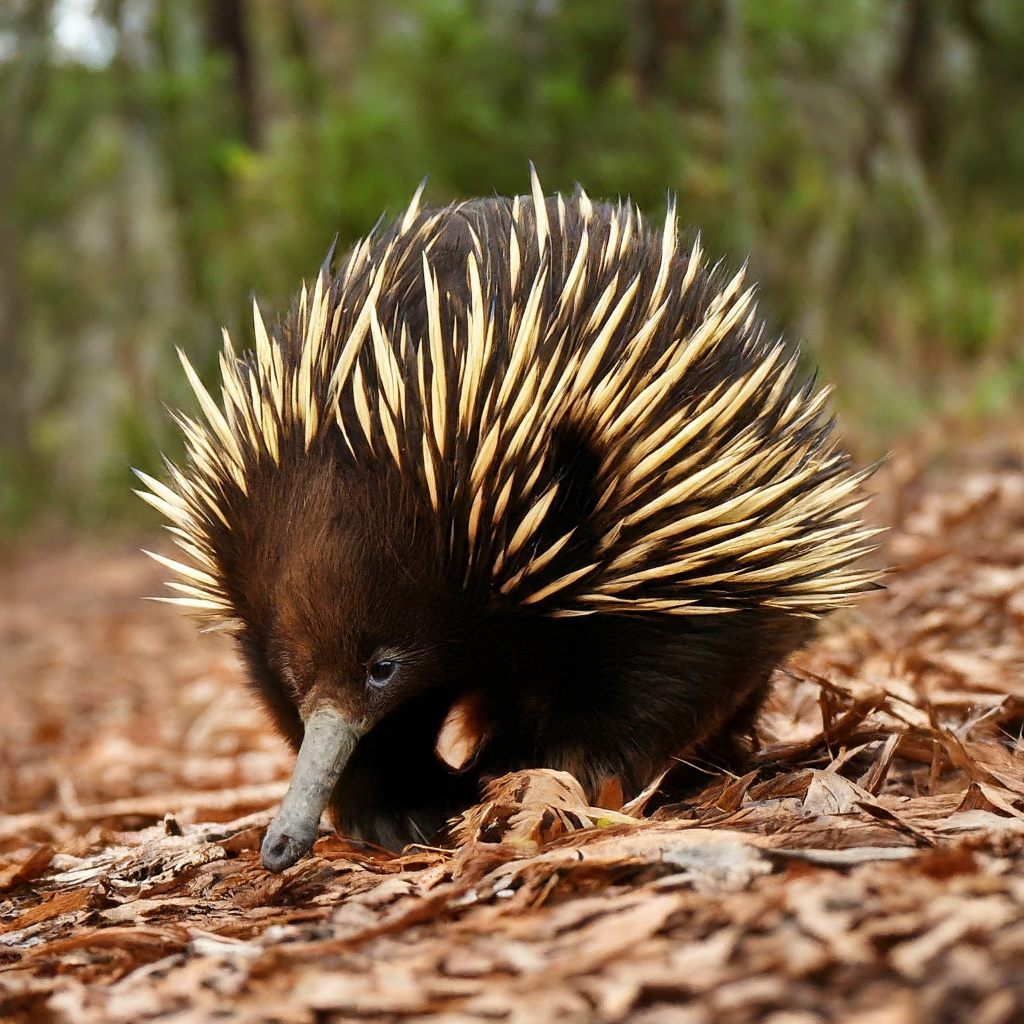
Long-Beaked Echidna
The Long-Beaked Echidna (Zaglossus spp.) is a group of echidna species found in New Guinea and surrounding islands. While they are not closely related to anteaters, long-beaked echidnas share certain morphological features such as elongated snouts and specialized diets. Long-beaked echidnas primarily feed on ants and termites, using their long tongues to capture prey from underground nests. They are characterized by their spiny coats and unique reproductive adaptations, including the laying of eggs.
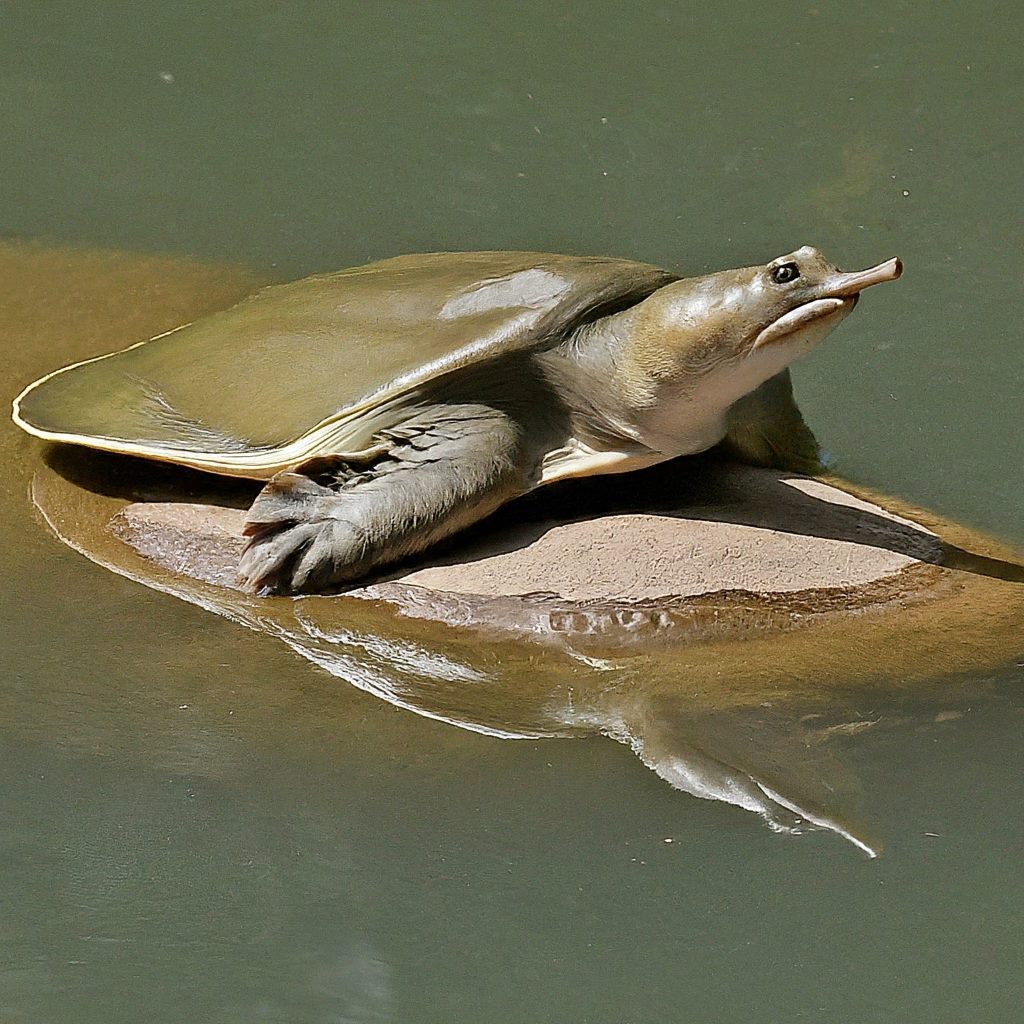
Spiny Softshell Turtle
The Spiny Softshell Turtle (Apalone spinifera) is a species of softshell turtle found in North America. While it may not resemble anteaters in appearance, the spiny softshell turtle shares certain characteristics such as a long and pointed snout. Softshell turtles are aquatic reptiles that primarily feed on aquatic invertebrates, fish, and amphibians. Their elongated snouts and sharp jaws aid in capturing and consuming prey in freshwater habitats such as rivers, lakes, and ponds.
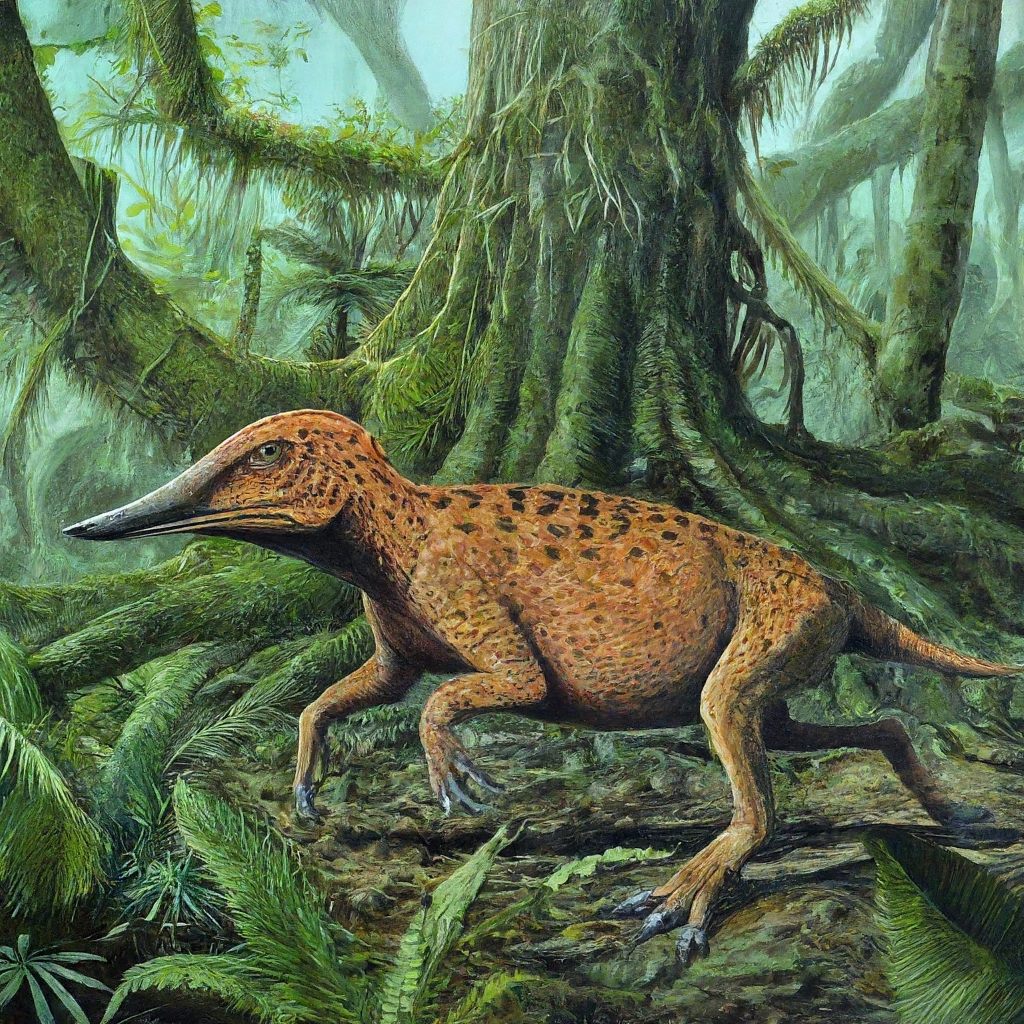
Hispaniolan Solenodon
The Hispaniolan Solenodon (Solenodon paradoxus) is a unique mammal found on the island of Hispaniola in the Caribbean. While it may not resemble anteaters in appearance, the Hispaniolan solenodon shares certain characteristics such as a long and slender snout. Solenodons are insectivorous mammals that primarily feed on insects, earthworms, and small vertebrates. Their elongated snouts and specialized dentition allow them to efficiently capture and consume prey in their forest habitats.
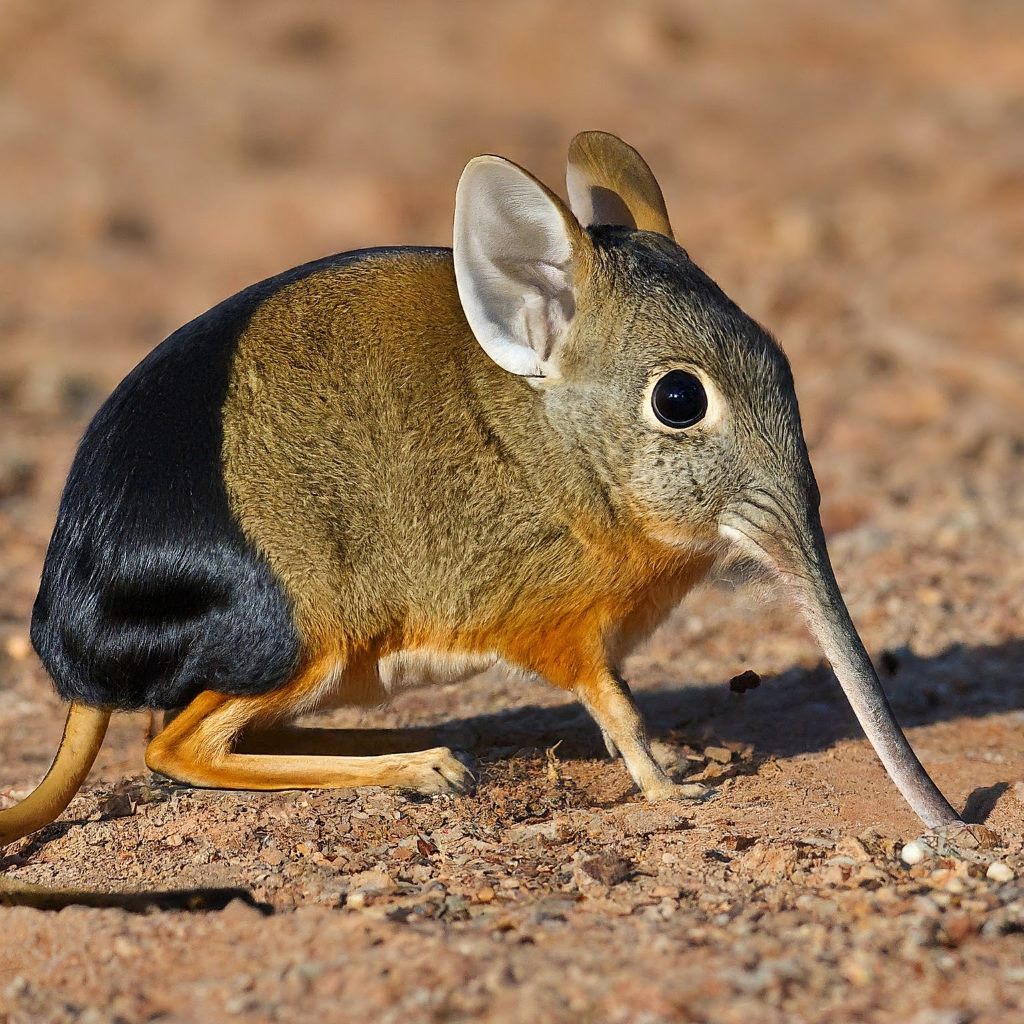
Black and Rufous Elephant Shrew
The Black and Rufous Elephant Shrew (Rhynchocyon petersi) is a species of elephant shrew found in East Africa. While it may not resemble anteaters in appearance, the black and rufous elephant shrew shares certain characteristics such as a long and slender snout. Elephant shrews are small, insectivorous mammals that feed on a variety of invertebrates, including ants, termites, and spiders. Their elongated snouts and agile bodies aid in capturing prey and navigating through dense vegetation in their native habitats.
Frequently Asked Questions (FAQs)
- Are anteaters and armadillos related?
- While both anteaters and armadillos belong to the superorder Xenarthra, they are classified into different families (Myrmecophagidae for anteaters and Dasypodidae for armadillos) and have distinct evolutionary histories.
- Why do animals have elongated snouts?
- Elongated snouts serve various purposes depending on the species. In anteaters, it aids in probing for insects, while in tapirs, it helps in grasping vegetation. This adaptation allows animals to access food sources or perform specialized tasks in their habitats.
- Are all animals listed in the article strictly insectivorous?
- No, while some animals listed, such as anteaters and pangolins, are primarily insectivorous, others have omnivorous diets or feed on vegetation. Each species has evolved unique feeding strategies based on its ecological niche and dietary preferences.

94% of pet owners say their animal pal makes them smile more than once a day. In 2007, I realized that I was made for saving Animals. My father is a Vet, and I think every pet deserves one. I started this blog, “InPetCare”, in 2019 with my father to enlighten a wider audience.
